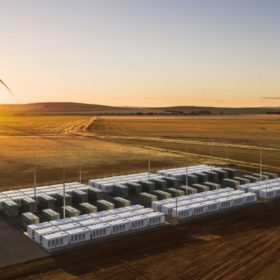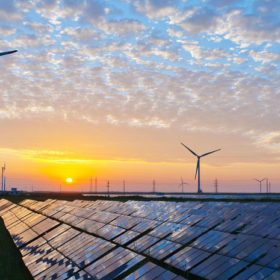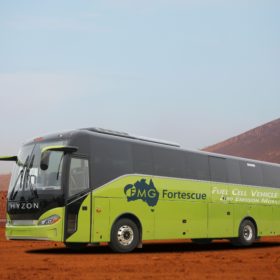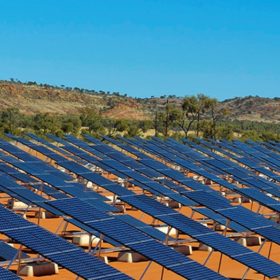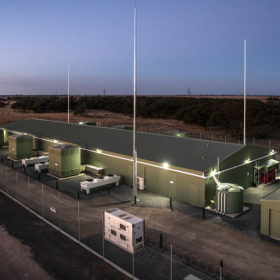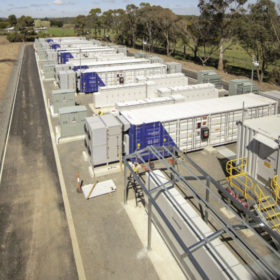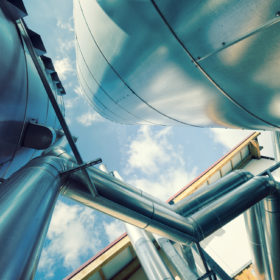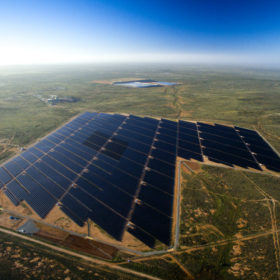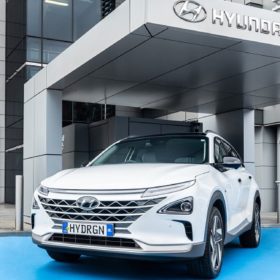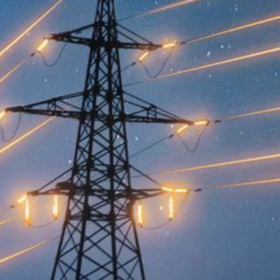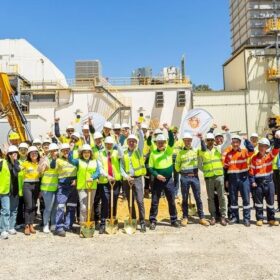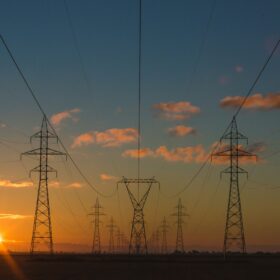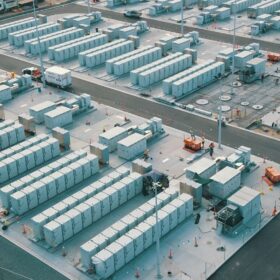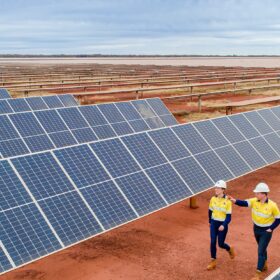Energy storage and network reinforcement
As renewables penetration increases, transmission and distribution (T&D) infrastructure will require significant reinforcement. Battery storage is becoming a key alternative to traditional ways of reinforcing network infrastructure, because it is fast to deploy, can provide multiple services, and often comes at a lower capital cost. IHS Markit analyst Oliver Forsyth delves into the additional value streams that strengthen the case for grid-connected batteries.
Solar, wind, storage investment collapses as risks on developers grow
A new analysis by the Clean Energy Council reveals a dramatic fall in the number of large-scale renewable energy projects committed in the second quarter of 2020, with just three projects representing 410 MW of new capacity reaching financial close – the lowest level since 2017.
DroneDeploy has soared to solar success in the U.S., now it’s Australia’s turn
Without droning on too much, the uses of drones in the solar industry are many, and this is why DroneDeploy has had such success in U.S. Now the company has opened a Sydney office and is planning rapid expansion with a focus on taking advantage of Australia’s widespread solar uptake. DroneDeploy’s Adam Savage sat down with pv magazine Australia to discuss.
WA Recovery Plan commits $22 million toward green hydrogen initiatives
Western Australia’s Recovery Plan continues to grow greenery as more renewable aspects of the state’s stimulus package come to light, specifically solar light that is. The state government has committed $22 million toward nine green hydrogen initiatives across the state, while also bringing forward its Renewable Hydrogen Strategy targets a decade and topping up the green hydrogen fund.
Batteries to help Alice Springs secure its renewable energy future
An ARENA-backed project will focus on addressing barriers to further renewable energy penetration in the Alice Springs local electricity network.
AGL unveils multi-site gigawatt-scale battery storage plan
In addition to 330 MW of batteries already announced, Australia’s biggest power producer has unveiled a plan for another 850 MW of grid-scale storage, the bulk of which will be installed alongside its Liddell coal-fired power plant.
“Capacity deferral is the primary source of storage value”
Big batteries derive most their value from replacing gas peaker plants and averting the installation of excessive amounts of transmission and generation infrastructure. However, batteries cannot replace all gas plants, MIT researchers found. From a holistic economics perspective, there is a certain share of storage that is considered cost-efficient. With battery costs declining, that share is constantly increasing.
Australia’s largest green hydrogen trial gets go-ahead
The NSW Government has approved the development of the state’s first hydrogen gas facility at Horsley Park. The Western Sydney Green Gas Project will power local homes and businesses and supply hydrogen-powered vehicles.
Broken Hill to replace gas turbines with massive microgrid for back-up supply
The NSW country town of Broken Hill is set to host one of the world’s largest microgrids supplied by solar, wind and grid-scale storage.
Hyundai, Jemena sign green hydrogen refueling deal
Gas utility Jemena has committed to produce and deliver hydrogen gas to Hyundai’s Macquarie Park headquarters from early 2021.
